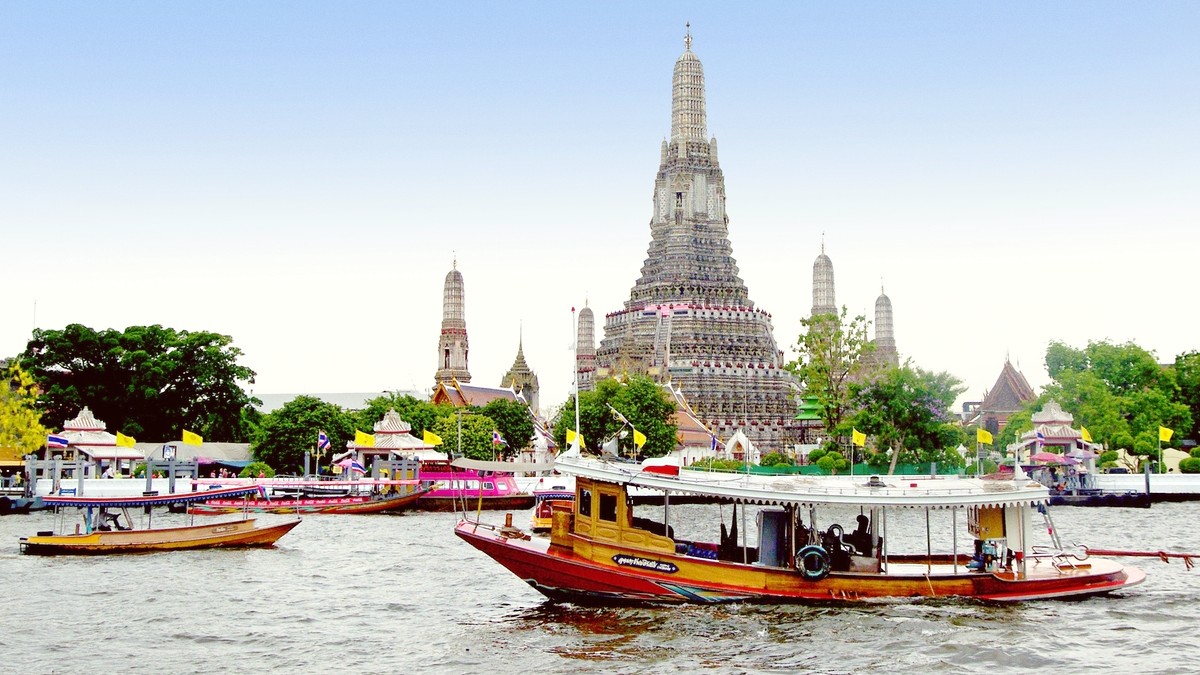
Southern Albania, Albania
Walking along the waterfront, you feel the city's pulse. Families stroll, couples enjoy sunset views, and friends gather for coffee or a meal. The air carries the scent of grilled seafood and the buzz of conversation. By day, the sun glints off the water, inviting swims and boat trips. As evening arrives, the city lights twinkle, creating a magical atmosphere.
Saranda extends beyond a mere beach spot. It acts as your entry point to ancient civilizations, dramatic scenery, and a culture that warmly receives visitors. Modern comforts and touches of traditional Albanian life exist here. This guide furnishes practical information, supporting focus on enjoying your journey.
Explore the city's immediate surroundings and discover broader narratives of Southern Albania. The city's inviting atmosphere and varied offerings make it a compelling destination for diverse types of travelers seeking coastal relaxation, historical discovery, or a base for regional adventures.
Saranda is a favored position on Albania's southern coast. It sits on an open bay of the Ionian Sea, offering direct access to some of the cleanest waters in the Mediterranean. This location places it about 14 kilometers (9 miles) east of the northern tip of the Greek island of Corfu. Corfu's proximity makes Saranda a highly accessible entry point for many international travelers.
Saranda's history reaches back thousands of years, a testament to its strategic coastal location. Originally, the ancient Greeks knew the settlement as Onchesmos. This name reflected its status as a busy port in the historical region of Epirus, a significant area in ancient Greece. Over centuries, the city served as an active maritime link.
Known as Onchesmos, a busy port in Epirus.
Part of Epirus Vetus, architectural growth.
Continued as a regional center, early Christian basilicas.
Functioned as a minor port.
Transformed into a tourist destination.
Saranda is a dynamic coastal city in Southern Albania. It sits on the beautiful Ionian Sea, known for its clear waters and proximity to some of the country's most famous historical and natural landmarks. The city acts as a central point for those exploring the Albanian Riviera.
The economy here chiefly relies on tourism. Fishing also contributes, supplying fresh seafood to local restaurants. Saranda experiences a Mediterranean climate, with hot, dry summers and mild, wet winters. This climate draws sun-seekers from late spring through early autumn.
Beyond the beaches, Saranda offers a path to historical wonders. Butrint National Park, an UNESCO World Heritage site, lies a short distance south. This ancient city shows a remarkable archaeological journey. The city also opens to natural marvels like the Blue Eye spring, known for its striking blue water.
Saranda balances modern tourist infrastructure with Albanian cultural touches. Contemporary resorts and traditional eateries exist here. The city’s inviting atmosphere and varied offerings make it a compelling destination for diverse travelers seeking coastal relaxation, historical discovery, or a base for regional journeys.
The city's modern name, Saranda, evolved from "Agii Saranda," meaning "Forty Saints" in Greek. This name refers to the 40 Martyrs of Sebaste, Christian soldiers who suffered persecution in the 4th century. The ruins of a 6th-century monastery dedicated to these saints sit on a hill overlooking the city, a testament to its spiritual heritage.
The nearby archaeological site of Butrint, an UNESCO World Heritage site, furnishes additional evidence of the region's deep historical roots. Butrint shows continuous occupation from prehistoric times through Greek, Roman, Byzantine, and Venetian periods. Saranda functions as a contemporary window into this ancient past, inviting exploration of both its immediate history and the broader narratives of Southern Albania.
The name "Forty Saints" reflects the city's spiritual past and Byzantine influence.
Its location makes it a natural hub for exploring the Albanian Riviera.
Near Butrint National Park, an UNESCO World Heritage site.
The city center is walkable. Taxis or local buses assist in reaching points further along the bay or into the hills. The coastal road south of Saranda leads to Ksamil and Butrint, while roads north extend to other Riviera towns.